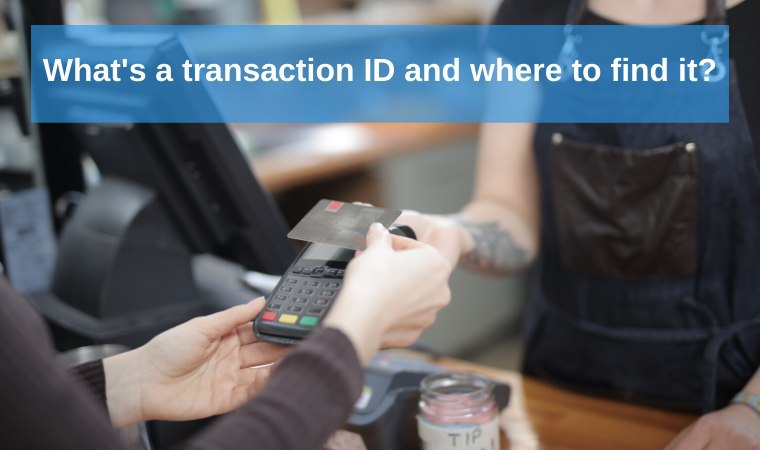Omnichannel
Omnichannel is a business model that encourages brick-and-mortar stores to be available on mobile technologies, websites, online applications, and social media, in order to facilitate customer service, brand presence, and accessibility. The core of this model lies in the fact that all the channels (sales, content, etc.) work as a unity to provide better customer experience.
So, this business model fits various industries, starting from financial services ending with healthcare or retail. As we’ve mentioned, this approach coordinates and orchestrates different channels:
- brick-and-mortar,
- eCommerce,
- online,
- mobile application.
The variety of channels lets the customers reach the company via different entry points. Nevertheless, all the channels cooperate with each other.
Every channel can promote one- or two-way communication. Nevertheless, all the channels (display, mobile, promotion campaigns, etc.) cannot be segregated. The message and the language across all the channels should be equal.
To implement the omnichannel approach, sellers need to study and understand their customers’ behavior. So, the main factor here is understanding how the customer makes the purchase decision. Also, other vital factors are:
- how much time the customer spends online or in the brick-and-mortar store,
- reaction to promotions and deals,
- devices, the customer prefers to use, etc.
After considering all these points its possible to build an efficient strategy that uses the omnichannel approach.


